Why ABA Therapy is the Gold Standard for Autism Treatment
Unveiling the Efficacy and Principles Behind ABA Therapy
Understanding the Premier Autism Treatment
Applied Behavior Analysis (ABA) therapy has long been heralded as a gold-standard treatment option for Autism Spectrum Disorder (ASD). Distinguished by its extensive empirical support, ABA therapy offers a comprehensive approach designed to enhance communication, social skills, and adaptive behavior. Yet, what precisely positions ABA as a leading therapy for autism? This article delves into the foundational principles, historical context, efficacy, and critiques of ABA therapy to illuminate why it remains a first-choice intervention for many professionals working with ASD.
Foundation and Historical Development of ABA Therapy
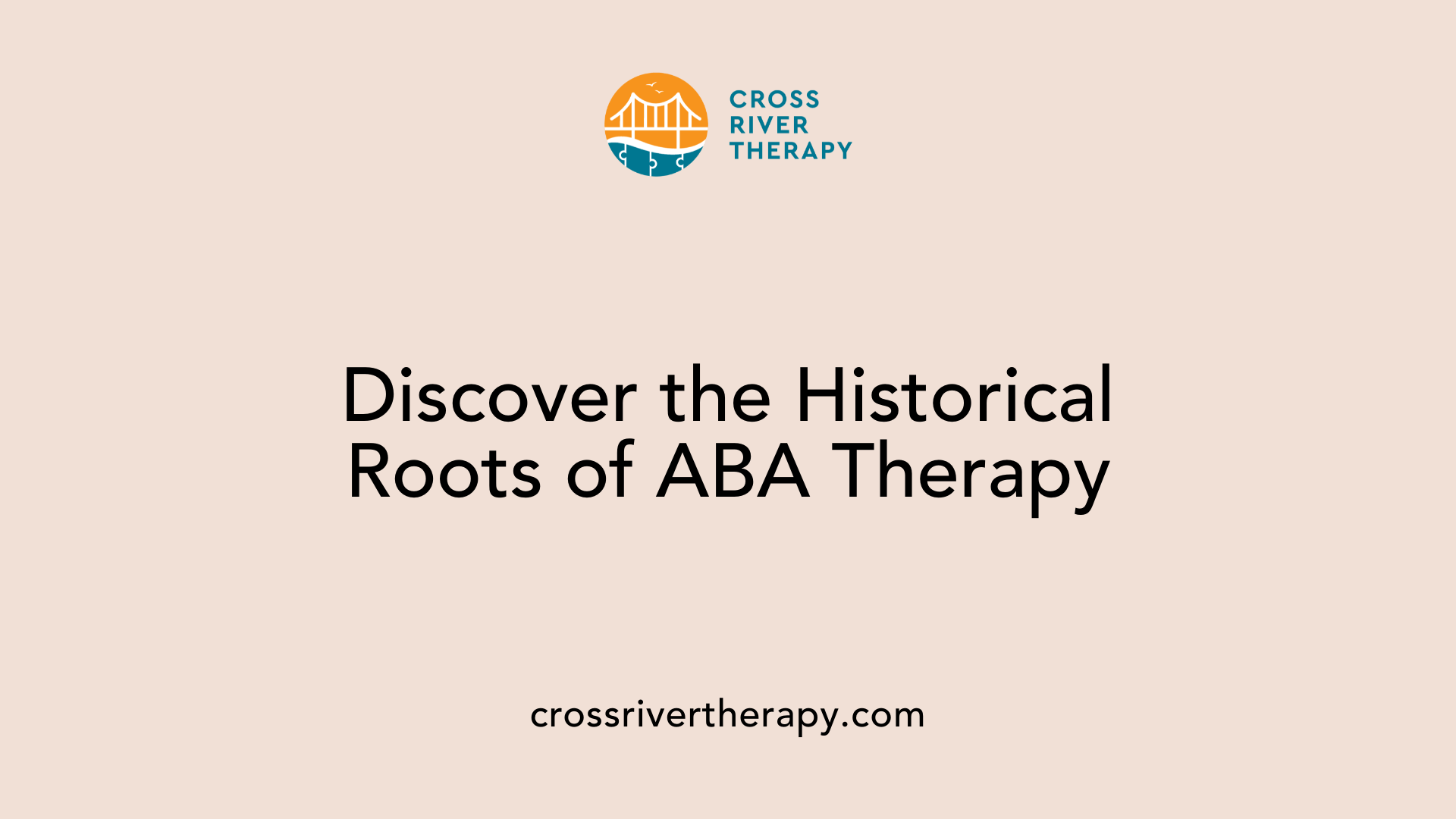
What is the historical context of ABA therapy?
ABA therapy has its roots in the early 20th century with the establishment of behaviorism by John B. Watson in 1913, which emphasized observable behavior over internal mental states. B.F. Skinner expanded on this foundation in the 1930s with his principles of operant conditioning, further shaping the field of behavior analysis.
The significant application of ABA techniques began in the 1960s through Dr. Ivar Lovaas, who created intensive interventions for children with autism. Lovaas successfully demonstrated their efficacy in improving communication and reducing the need for institutionalization.
Initially, ABA practices were criticized for their rigidity and invasive nature. However, since the 1970s, they have evolved into more flexible, child-friendly methods that prioritize individual needs and cultural responsiveness. This shift has made ABA not only more accessible but also more effective in addressing the diverse needs of children with autism.
Over recent decades, ABA has gained recognition as a leading therapeutic approach for Autism Spectrum Disorder (ASD), reflecting its ongoing evolution towards ethical and effective practices. The endorsement from the U.S. Surgeon General and various professional organizations has solidified ABA's status as the gold standard treatment for autism.
Principles and Methods of ABA Therapy
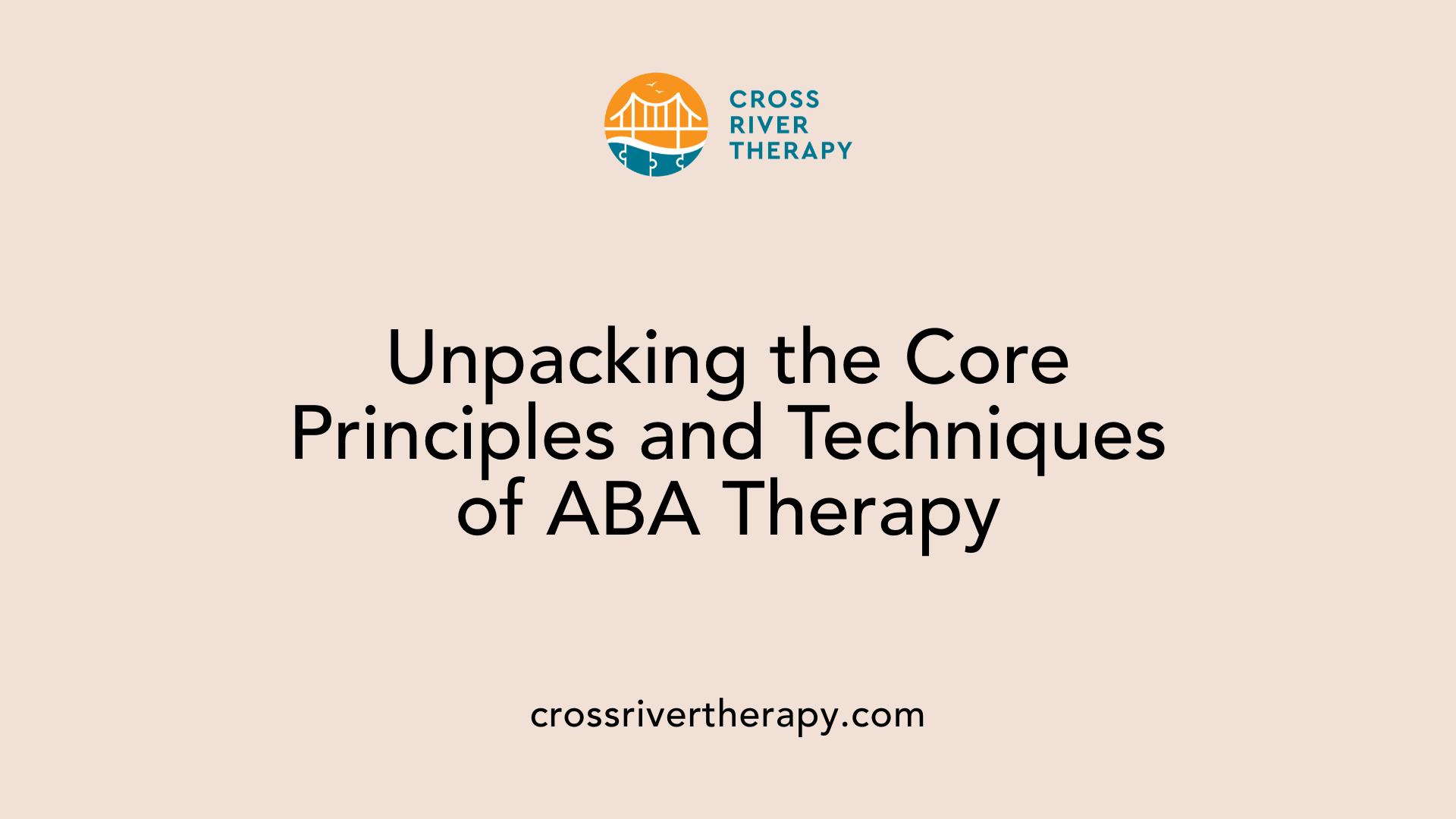
What are the foundational principles of ABA therapy?
The foundational principles of Applied Behavior Analysis (ABA) therapy are rooted in behavioral psychology. ABA focuses on observable and measurable behaviors and employs the ABC model: Antecedent, Behavior, and Consequence (ABC) to facilitate understanding and influence behavior change. This structured approach enables therapists to determine what triggers certain behaviors, the behaviors themselves, and the outcomes of those behaviors, leading to strategic interventions.
Key principles of ABA include:
- Applied: ABA focuses on socially significant behaviors that impact an individual's daily life.
- Behavioral: Emphasis is placed on measuring and altering behavior patterns.
- Analytic: Interventions are thoroughly tested for their effectiveness.
- Conceptual: Strategies are based on established behavioral theories.
- Technological: Interventions are implemented according to specific procedures.
- Effective: The techniques yield meaningful positive changes in behavior.
- Generality: Skills learned are applicable across various settings and situations.
What are the techniques used in ABA therapy?
ABA therapy employs various techniques to promote learning and behavioral modifications. Among these, Positive Reinforcement is a core component. This technique encourages the repetition of desired behaviors by providing meaningful rewards. Other essential techniques include:
- Task Analysis: Breaking down complex tasks into manageable steps to facilitate learning.
- Shaping: Gradually reinforcing closer approximations towards desired behavior.
How is behavior assessed in ABA?
Behavioral assessments are central to ABA therapy. They involve:
- Identifying target behaviors that require intervention.
- Conducting detailed assessments to create individualized treatment goals.
- Collecting and analyzing data continuously to monitor progress and make necessary adjustments.
These practices ensure that ABA therapy is personalized, effective, and responsive to each child's unique strengths and weaknesses.
Efficacy of ABA Therapy in Autism Treatment
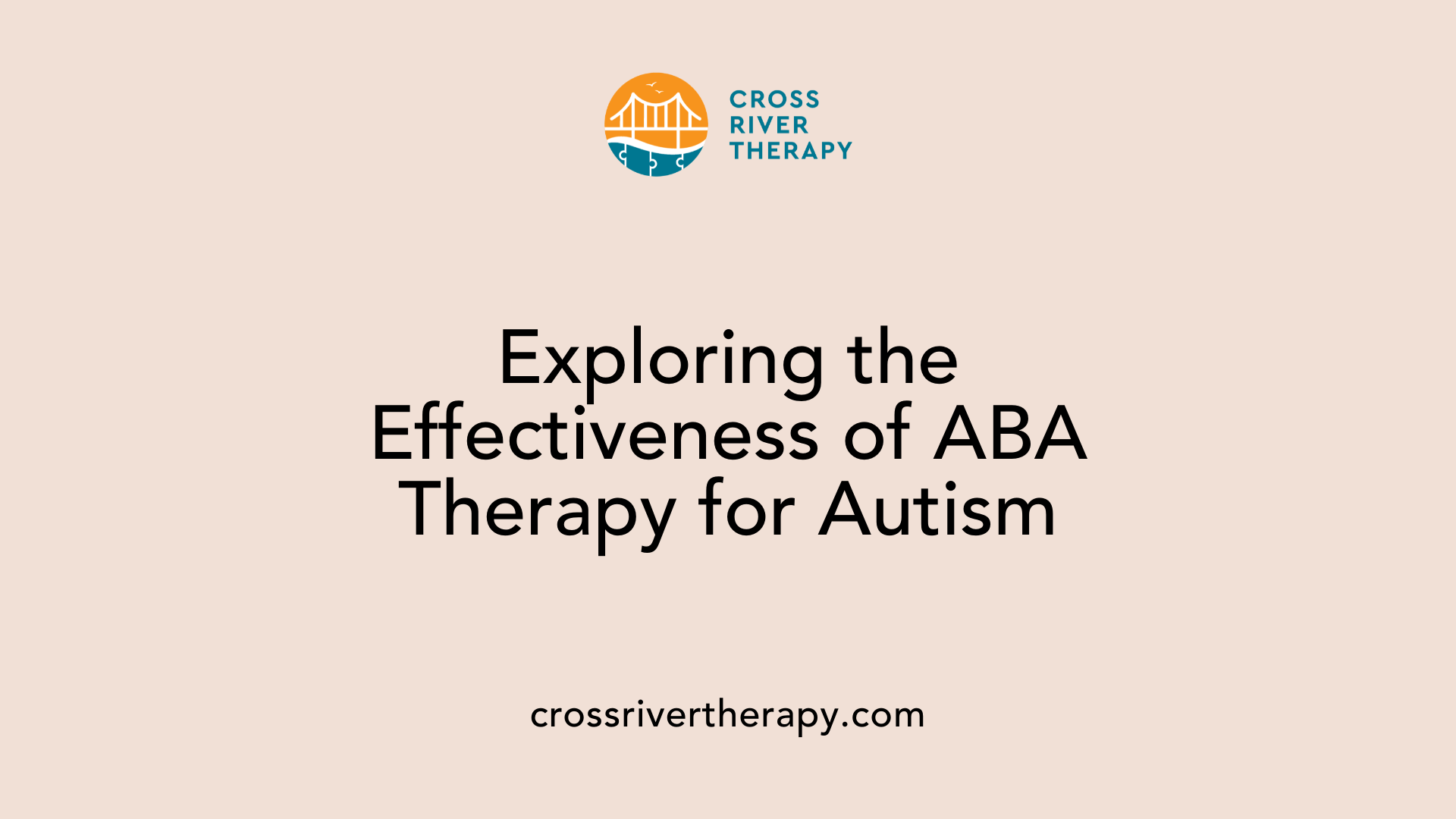
How effective is ABA therapy for autism?
ABA therapy is widely recognized as one of the most effective behavioral therapies for Autism Spectrum Disorder (ASD). With decades of empirical research backing its efficacy, ABA stands out for its adaptability to individual needs. Early diagnosis and intervention play a critical role in maximizing outcomes.
Applying methods like Early Intensive Behavioral Intervention (EIBI) and Discrete Trial Teaching, ABA focuses on reinforcing positive behaviors and skills, paving the way for improved functional status and communication abilities. The importance of parental involvement cannot be overstated; collaboration with healthcare professionals helps design an optimal therapy plan.
Despite ABA’s proven effectiveness, it’s crucial to note that there is no universally applicable treatment for autism. Incorporating additional therapies, such as speech or occupational therapy, can further enhance developmental progress and address various needs in children with autism.
Evidence-based support
ABA is endorsed by leading organizations such as the American Psychological Association and the US Surgeon General as an evidence-based practice. The approach is not only scientifically grounded but has also been validated over many years. A substantial number of studies demonstrate that children participating in ABA therapy exhibit significant improvements in key areas, including communication skills, social interactions, and adaptive behaviors.
Intensive interventions
Research indicates that intensive ABA interventions, often exceeding 20 hours per week, can lead to substantial developmental gains, especially when implemented during early childhood. A landmark study highlighted that children receiving 40 hours a week made more considerable progress than those receiving less. However, a recent meta-analysis suggested that seeking a tailored approach to treatment hours might yield comparable benefits while allowing integration into family routines without disruption.
| Aspect | Intensive ABA Treatment | Lower-Hour Model | Outcome |
|---|---|---|---|
| Focus | High volume of hours | Tailored hours | Both methodologies can improve skills across domains |
| Accessibility | Resource-intensive | More family-friendly | Easier for families to manage without major disruptions |
| Research Evidence | Extensive (40+ years) | Emerging support | Individualized approach could sustain long-term benefits |
Criticisms and Contemporary Views on ABA Therapy
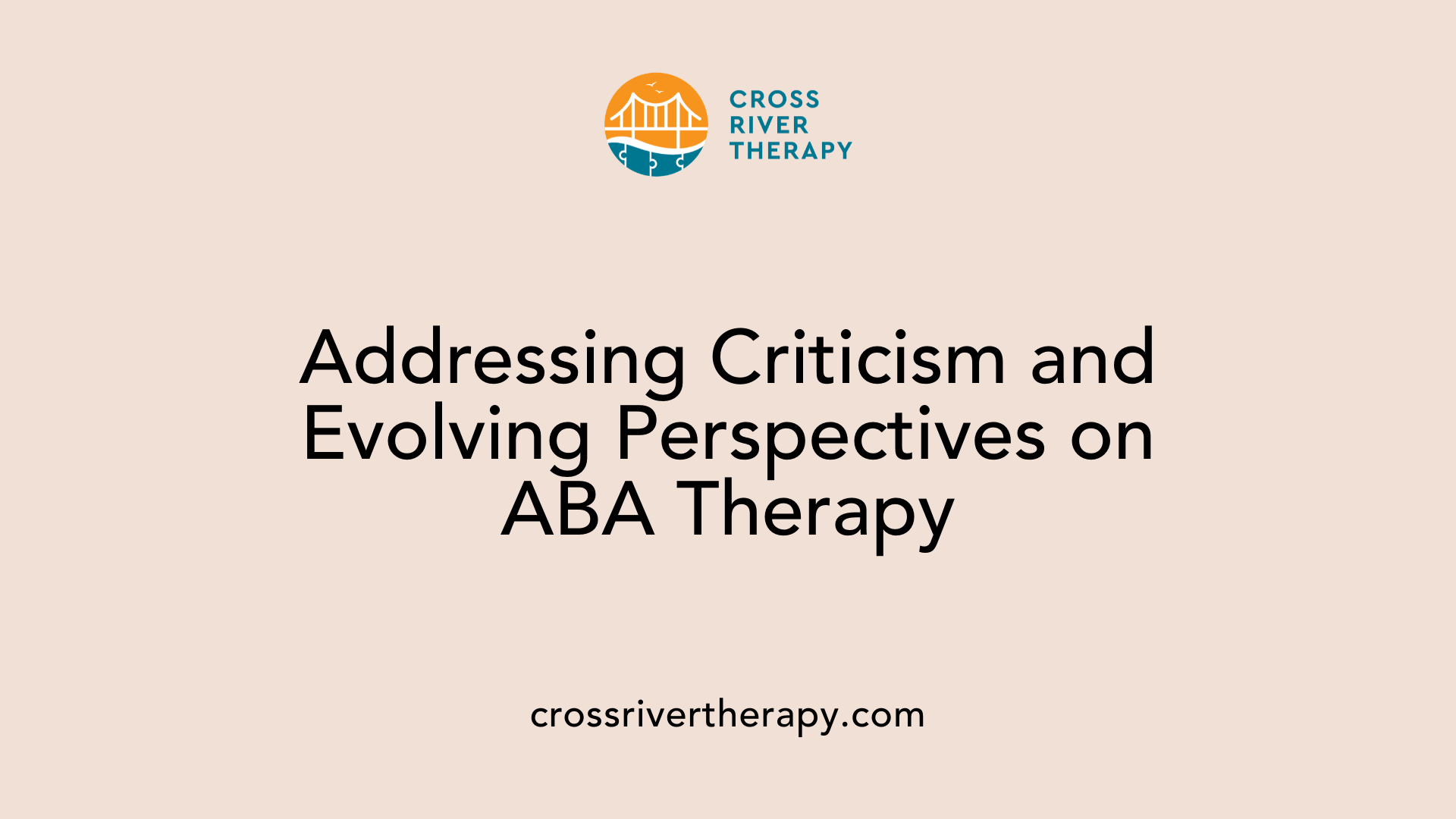
What are the criticisms and contemporary perspectives on ABA therapy?
Critics of ABA therapy point to its historical roots, suggesting that some early practices were harmful, prioritizing compliance over the individuality of autistic individuals. A significant concern is that traditional ABA may focus on eliminating behaviors associated with autism rather than fostering the development of new, adaptive skills. This has led to a call for a shift towards a more personalized approach that respects the unique challenges and strengths of each child.
Some advocates for the neurodiversity movement highlight that ABA therapy can inadvertently pressure autistic individuals to suppress their natural behaviors. This ‘masking’ can result in emotional distress and a disconnect from essential self-regulation strategies. As a response, practitioners are increasingly exploring methods that not only teach skills but also embrace the individuality of those with autism.
On the other hand, defenders of ABA emphasize its capacity to foster independence and teach vital life skills. They argue that, while there should be room for individualized adaptations, the basic principles of ABA remain effective when delivered thoughtfully. There is a growing advocacy for transparency in ABA practices, calling for greater inclusion of autistic voices in developing treatment paradigms. This evolution points to a more nuanced understanding of the balance between intervention and respect for neurodivergent identities.
Medical Organization Endorsements and Support for ABA
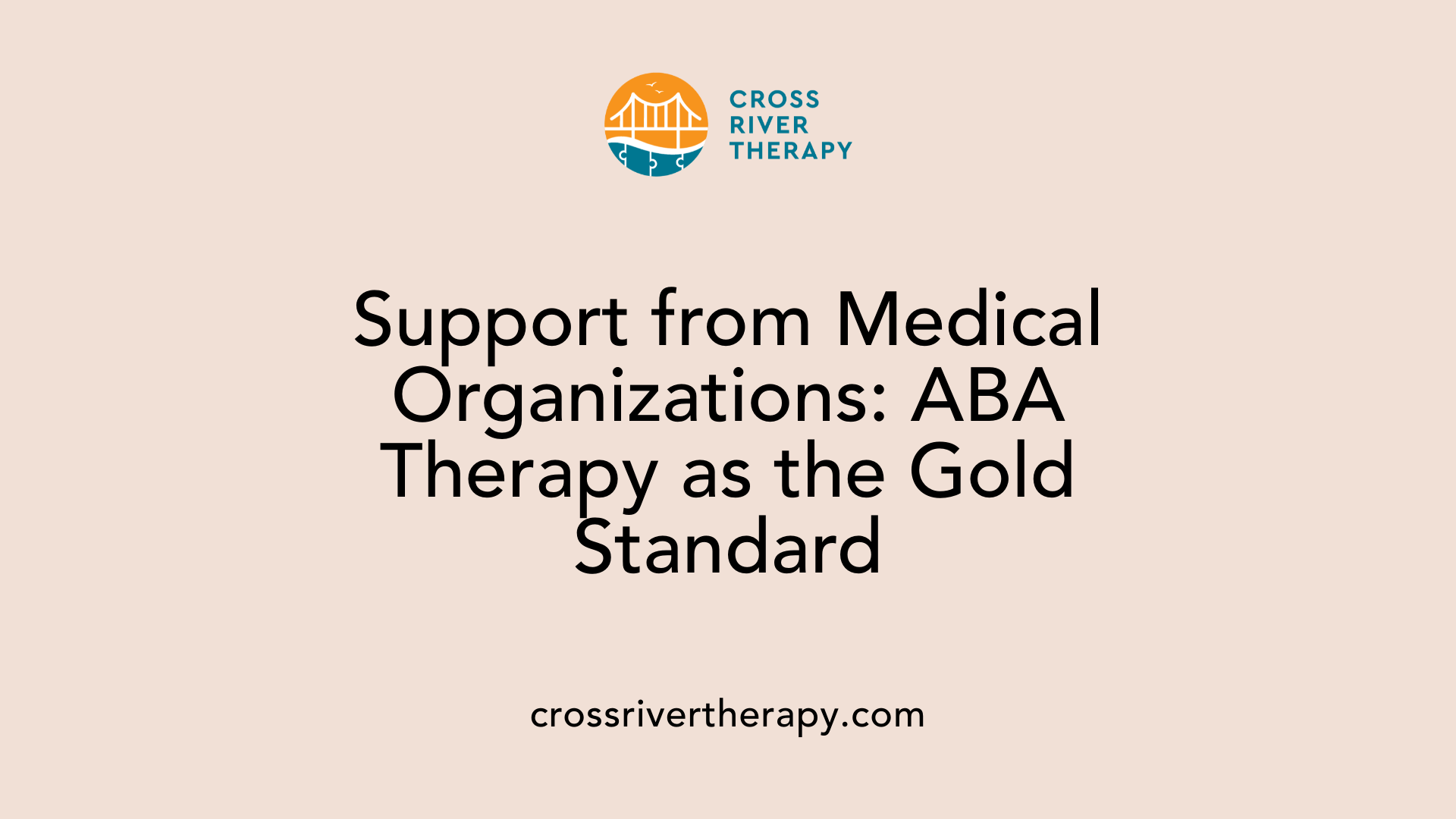
What support do medical organizations provide for ABA therapy?
Many medical organizations support Applied Behavior Analysis (ABA) therapy as a gold standard treatment for autism, recognizing it as safe and effective. The American Medical Association (AMA) and the American Psychological Association (APA) endorse ABA therapy due to extensive research validating its efficacy in improving developmental outcomes.
The National Coalition of Autism Services (NCAAS) plays a crucial role in advocating for access to ABA therapy. They emphasize the importance of insurance coverage and the expansion of services for families affected by autism. This ensures families can access necessary treatments without facing financial hardship, which is essential given the growing prevalence of autism diagnoses across the country.
Despite ABA's recognized benefits, there remains a shortage of qualified providers. Organizations like NCAAS address this concern by working with government and insurance payors. Their aim is to secure that qualified clinicians determine the appropriate level of care, ensuring that individuals with autism receive tailored support to reach their potential.
Key Supportive Actions by Medical Organizations
| Organization | Action | Impact |
|---|---|---|
| American Medical Association (AMA) | Endorsement of ABA therapy | Acknowledgment of ABA as effective, guiding treatment decisions in healthcare settings. |
| American Psychological Association (APA) | Research support and advocacy | Development of guidelines for practitioners, enhancing treatment quality. |
| National Coalition of Autism Services (NCAAS) | Advocacy for insurance coverage | Improved access to ABA services, aiding families in receiving timely care. |
In summary, the collective efforts of these organizations significantly impact the recognition, funding, and delivery of ABA therapy, ultimately enhancing the lives of children with autism.
Concluding Thoughts on ABA Therapy
As autism spectrum disorder diagnoses become more prevalent, the demand for effective treatments like ABA therapy continues to grow. Recognized as a leading intervention, ABA is backed by decades of research and reinforced by endorsements from major medical organizations. While not without its criticisms, ABA therapy's personalized, evidence-based approach remains at the forefront of autism treatment, helping individuals achieve significant improvements in various aspects of life. By understanding its historical evolution, foundational principles, efficacy, and supporting systems, families and practitioners can make informed decisions about incorporating ABA therapy into their care strategies.
References
- Patient Outcomes After Applied Behavior Analysis for Autism ...
- [PDF] Why is ABA Considered the “Gold Standard” in Autism Treatment?
- Applied Behavior Analysis (ABA) | Autism Speaks
- What Is Applied Behavioral Analysis Therapy for Autism?
- NCAAS Cares - National Coalition for Access to Autism Services
- Benefits of ABA Therapy for Autism - Empower Behavioral Health
- Akron ABA Therapists Explain Why ABA is "Gold Standard" Autism ...
- The Growing Impact of Applied Behavior Analysis (ABA) Therapy in ...
- Applied behavior analysis interventions for autism spectrum disorders
- Benefits of Applied Behavior Analysis (ABA) Therapy for Children



